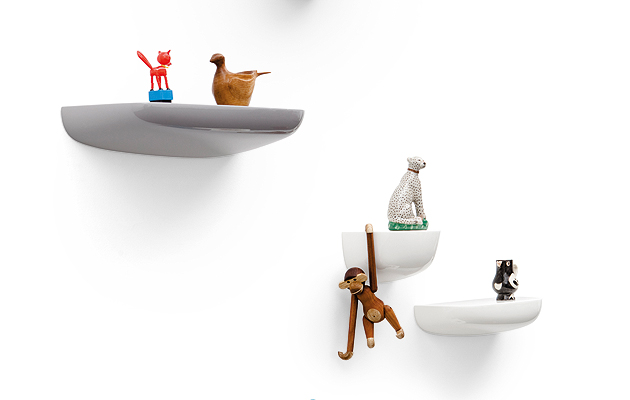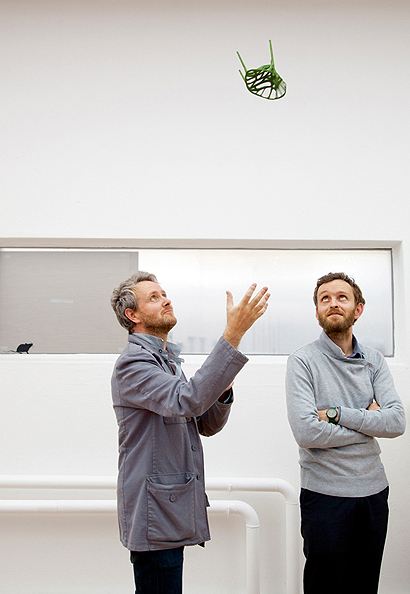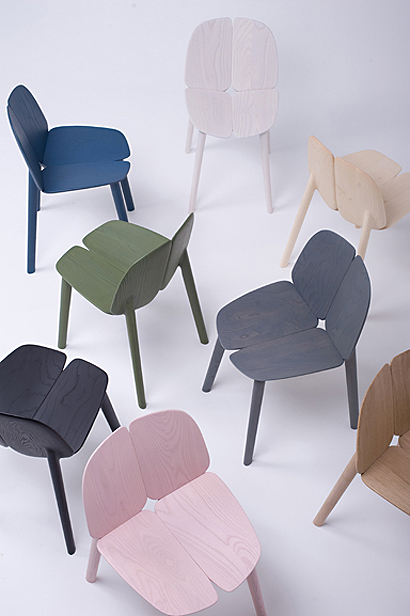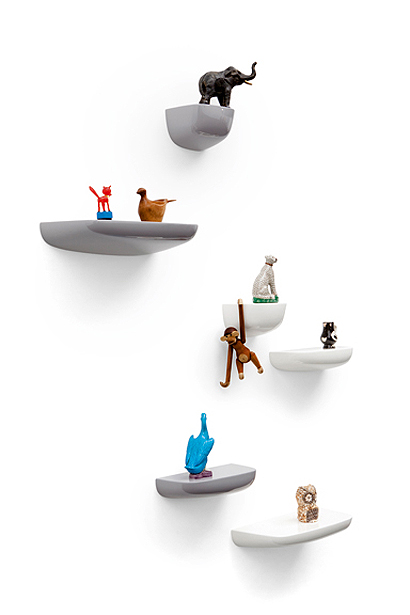|
|
||
|
The French brothers, Ronan and Erwan Bouroullec, have been designing together for 15 years. This anniversary has made them pause to look back over their career. There are two travelling retrospectives of their work – the Bivouac and Album exhibitions (currently at the Centre Pompidou-Metz and the Vitra Design Museum respectively) – and Phaidon has just published a handsome, lavishly illustrated catalogue raisonné. The duo aren’t smug about these markers of their success. “When I look at the book, at the exhibitions,” Erwan tells me, “I feel a bit frustrated at not having been able to realise some original vision that I had … I would have liked to go further. We’ve got older and I think we expect more and more from design. We want to once in our life achieve some masterpiece and there is more and more tension inside the work. And sometimes this tension can be creative, and sometimes this tension is incredibly hard to live with. We’ve been, for some reason, more insecure in front of our projects.” We meet at the stand of Vitra, the Swiss company with which they have a longstanding relationship. This year they are launching Corniche, a shelving system similar to the one they showed at Galerie Kreo in 2010. Indeed, as Erwan tells me, “the gallery space acts as a kind of sketchbook” for later mass-produced objects. Their oak or basalt Piani Lamp for Flos (2011), for example, appeared a couple of years earlier in an expensive laqueur for Japan Brand, a company that promotes traditional Japanese craftsmanship (it took three months to build up the bespoke finish and cost €4,000). Corniche is an example of the brothers’ interest in organic forms; the name refers to the cliffs that served as inspiration. “I was on the beach,” Erwan says, “and I remember that we covered all the rocks on the cliff face with our stuff and there was a place for everything: you put the food on top, you find a bit of shadow for your bottle of water…”
credit Vitra Other new work includes a table for Magis, the Pila (a companion to last year’s Pilo chair) and the Osso collection for Mattiazzi, in which four planks fit together like the bones in a spine to form the backrest and seat. Though every project has its own identity, their oeuvre exhibits a remarkable consistency. “It’s really strange,” Erwan says. “We never thought of projects in relation to one another, never. We don’t apply any kind of art direction rule,but it looks like we do. For me, more and more,” he adds, “good design is a fight against bad design. The world is filled with ugly things, but most of the time these things are provided by such corrupted companies that we have to make things better.”
credit Mattiazzi
credit Vitra |
Image Vitra
Words Christopher Turner |
|
|
||






















